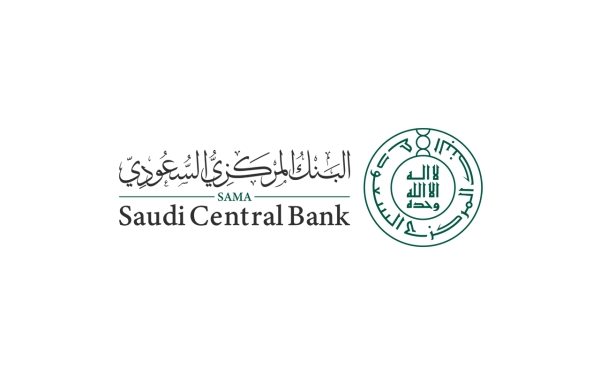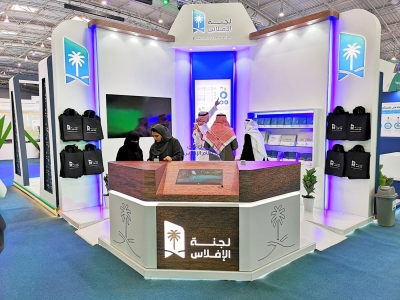







1902
Before the Founding King Abdulaziz Bin Abdulrahman Al Saud regained Riyadh City, the barter system was prevalent for conducting trade exchanges.
1902-1922
In the early days of the unification of the Kingdom of Saudi Arabia, commercial transactions were conducted using foreign currencies made of gold, silver, bronze, and copper.
1922
The word "Najd" was added to the commonly used currency at the time, making it the officially recognized currency of the Sultanate of Najd.
1925
The name "Hejaz" was added to the currencies in circulation at that time, and the Founding King Abdulaziz Bin Abdulrahman Al Saud minted the first Saudi currency series, which were coins in the denominations of half qirsh and quarter qirsh. The obverse of these coins featured the full name of King Abdulaziz in Tugra calligraphy, along with the minting date. The reverse side of both denominations displayed the coin's value and the place of minting, which was Umm al-Qura.
1928
The circulation of foreign currencies was prohibited, and transactions were conducted using the official state currency. The first purely Saudi Riyal (SAR) was issued, along with a Royal Decree that established the first regulation of the monetary system in the country.
1935
The first Saudi currency bearing the name of the Kingdom of Saudi Arabia was introduced on the new silver riyal and its denominations, including the SAR0.5 and SAR0.25.
1937
The minting of copper-nickel coins began, including the qirsh denomination and its subdivisions of half qirsh and quarter qirsh, featuring the name and title of the king, (Abdulaziz Al Saud - King of the Kingdom of Saudi Arabia).
1952
The Saudi Arabian Monetary Agency (now the Saudi Central Bank) was established, and its statute was adopted to stabilize and support the value of the currency both domestically and internationally.
1960
The first official paper currency was issued during the reign of King Saud Bin Abdulaziz Al Saud in five denominations: SAR100, SAR50, SAR10, SAR5, and SAR1.
1968
The second series of paper currency was introduced for circulation during the reign of King Faisal Bin Abdulaziz Al Saud, in all five denominations.
1976
The third series of paper currency was introduced for circulation during the reign of King Khalid Bin Abdulaziz Al Saud, and it included all five denominations of the Saudi currency.
1984
The fourth series of paper currency was introduced for circulation during the reign of King Fahd Bin Abdulaziz Al Saud, along with the addition of a new denomination, the SAR500 note.
1999
A commemorative series was released to mark the hundredth anniversary of the founding of the Kingdom, which corresponded to January 22, 1999. To celebrate this significant occasion, new banknotes in the denominations of SAR200 and SAR20 were issued, both featuring the logo of the anniversary.
2007
The fifth series of banknotes was introduced during the reign of King Abdullah Bin Abdulaziz Al Saud, covering all six official denominations. This series featured numerous technical specifications and security features in the field of banknote printing.
2016
The sixth series of paper and coin currency was introduced during the reign of the Custodian of the Two Holy Mosques, King Salman Bin Abdulaziz Al Saud. This series included both paper and coin denominations designed in line with global technologies, standards, and modern security features. The coin denominations included SAR2, SAR1, 50 halalas, 25 halalas, 10 halalas, 5 halalas, and 1 halala.
2020
Introduction of the SAR5 denomination made from polymer material.
2020
Introduction of the SAR20 denomination as a commemorative official currency to mark the Kingdom's presidency of the G20 and its hosting of the Leaders' Summit in Riyadh City.
2021
The SAR200 denomination was introduced to commemorate Saudi Vision 2030.
Related quizzes

